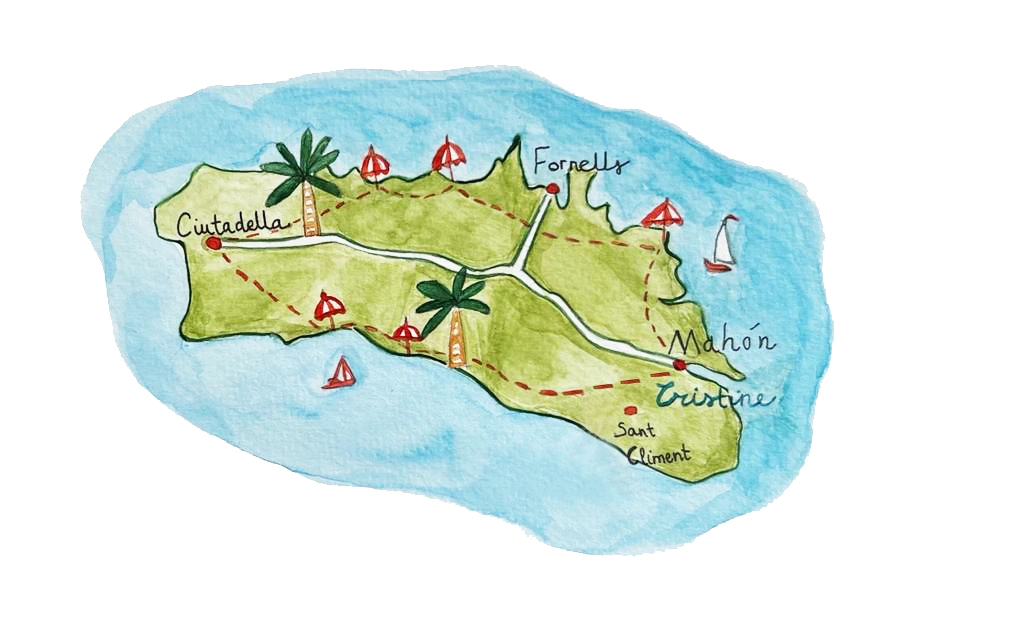History of
the port of Mahón
Menorca is known for its coves, crystalline water and cities brimming with history, like Mahón and Ciudadela. It’s also famous for its talayotic ruins, its incredible Camí de Cavalls, the local products and its food. But one of the island’s most shining gems is the Port of Mahón.
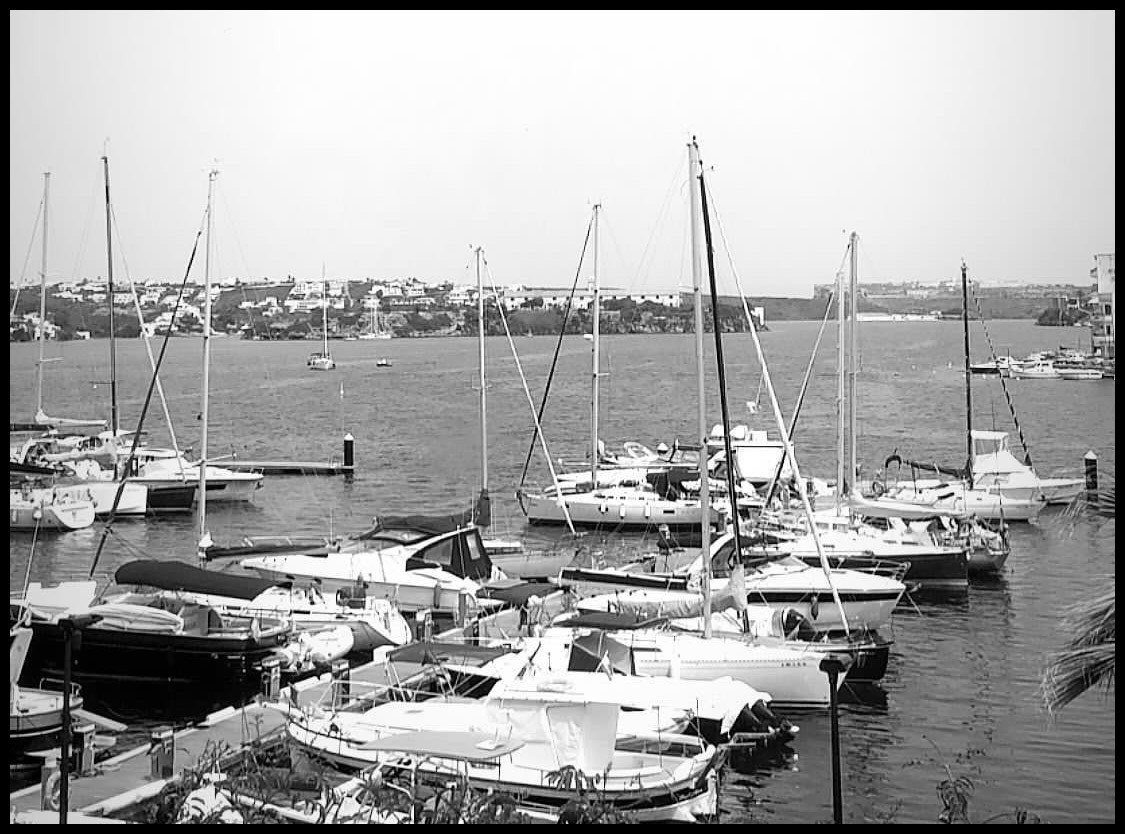
The Port of Mahón has been the site of conflicts dating back to the second century BC. Located on the east coast of the island of Menorca, it is the largest natural port in the Mediterranean, the second largest in Europe and the fifth largest in the world.
Over the centuries, it has been the target of conquests and reconquests by the leading
European nations, the most important being Great Britain’s dominance
over the island for almost the entire eighteenth century, from 1708 to 1802
, when it was returned to the sovereignty of the Spanish monarchy with the Treaty of Amiens.
This occupation was interrupted for seven years (1756–1763) by the French occupation, and between 1782 and 1798 it
was briefly back in Spanish hands.
Over 6 km long, the impressive port conceals a series of islets dotting its Mediterranean waters which tell us about this island’s past.
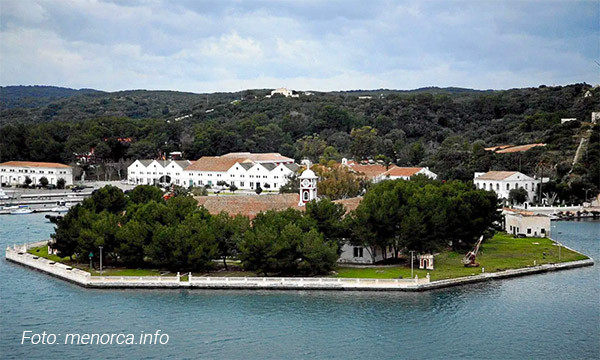
Isla de Pinto
The last islet on our historical route through the Port of Mahón is Isla de Pinto. In the early eighteenth century, the English slightly expanded the perimeter of this island to turn it into the mooring piers for their vessels and enlarged an arsenal which they built on the northern side of the port. Today it is an unused military islet.
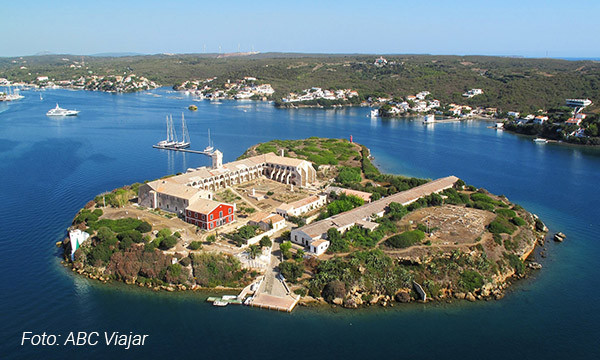
Isla del rey
Continuing through the Port we find Isla del Rey, named in honour of King Alphonse III, who conquered Menorca from the Muslims in 1287. It is known for the silhouette of the now restored Military Hospital, built by the English in the eighteenth century. During that time, it was known as Blood Island in reference to the hospital. This island was still used for its original purpose until the twentieth century, when the hospital was moved to terra firma. Today, the Friends of the Isla del Rey Foundation, led by General Alejandre, have turned this venerable building into a must-see if you want to immerse yourself in history, wisdom and especially solidarity and teamwork.
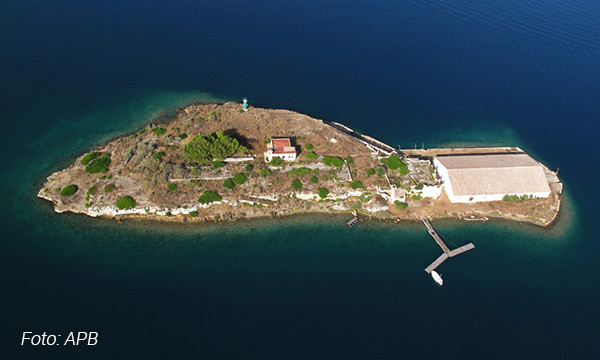
Isla de la cuarentena
The last islet on our historical route through the Port of Mahón is Isla de Pinto. In the early eighteenth century, the English slightly expanded the perimeter of this island to turn it into the mooring piers for their vessels and enlarged an arsenal which they built on the northern side of the port. Today it is an unused military islet.
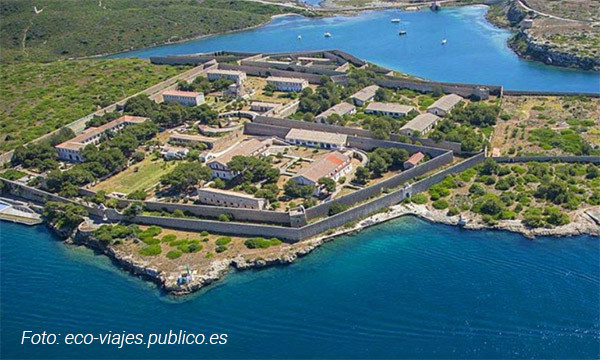
El Lazareto
The largest one is El Lazareto, the former San Felipe peninsula, which was turned into a more or less isolated healthcare facility in the nineteenth century where infectious diseases have been treated throughout history. Its construction dates from 1793 to 1807 and it started operating in 1817, when the Spanish bomb vessel Antonia entered this island for the first time.
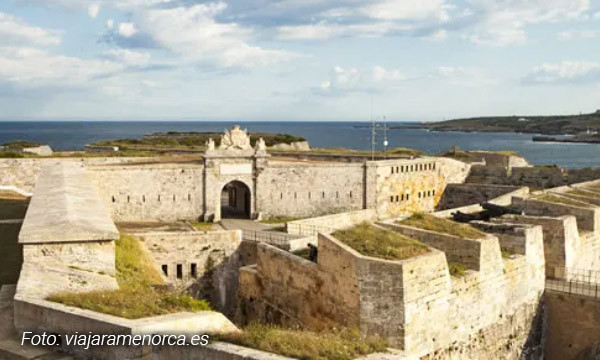
La Mola Fortress
On the north shore of the Port is the impressive La Mola Fortress built under the reign of Isabel II to defend the island from the British troops. It has 10 fronts both on land and at sea and is the easternmost point of Spanish territory.
Cristine's Newsletter
Stay in touch and receive the latest news,
recipes and healthy tips from Cristine Bedfor.

Follow us on Instagram
#Cristinebedfor

